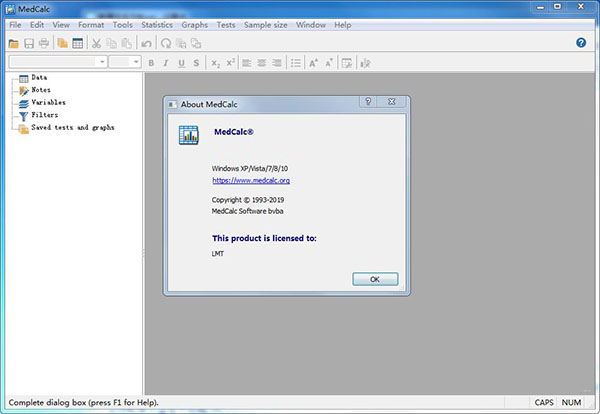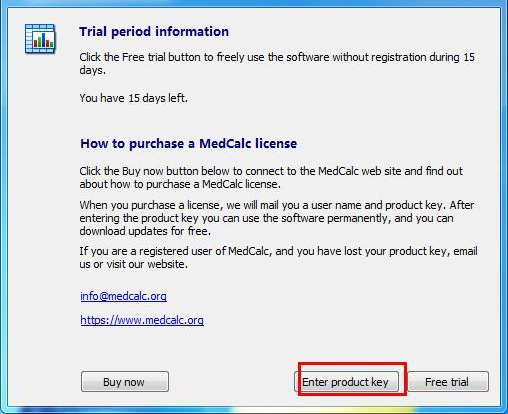
Patients were prepared with oxygen hyperventilation. Methods and Materials: 20 patients with clinically suspected severe acute pancreatitis were referred for CT evaluation and imaged with a 320-slice CT unit within the first 24 hours after admission. Rogalla Toronto, ON/CA Purpose: To evaluate perfusion differences between oedemic and necrotic pancreatic tissue in patients with initial stage of acute pancreatitis using 320-slice dynamic volume CT. Schindera Berne/CH 320-slice dynamic volume CT to analyse early stages of severe acute pancreatitis S.

B003 SS 101a The many different ways to evaluate the pancreas Moderators: R. Conclusion: MR perfusion by using time-signal-intensity curves could improve the diagnosis of focal and diffuse pancreatic disease. TSIC-type 2 was observed in all 10 ductal adenocarcinomas and in 1 endocrine tumor TSICtype 3 was recognized in all 5 focal chronic pancreatites and in 6 post-obstructive chronic pancreatites TSIC-type 4 was identified in one case of autoimmune pancreatitis, and TSIC-type 5 in the 6 lesions of 3 patients with endocrine neoplasms. Results: All 20 patients with normal pancreas presented a TSIC-type 1. MR perfusion images were processed using a dedicated software by two experienced reviewers in conference that classified five TSIC shapes: type 1 (quick enhancement and quick decay followed by slowly decaying) type 2 (slow enhancement followed by slow constant enhancement) type 3 (fast enhancement followed by signal plateau) type 4 (fast enhancement followed by slowly decaying plateau) and type 5 (quick and marked enhancement followed by slow constant decay). A dose of 7 mL gadobenate-dimeglumine (Gd-BOPTA MultiHance, Bracco) with a 20 mL saline flush was injected with a flow rate of 4 mL/sec. Dynamic contrast-enhanced MR perfusion consisted of a 3D axial free-breathing T1w LAVA sequence (TR/TE, 2.28/1.05 ms 10.0 mmthk/-0.0 mmsp field-of-view, 35-42 cm matrix,128x128 0.75 NEX 1 second) repeated up to 5 minutes to cover the pancreatic head, body, and tail. Methods and Materials: Twenty patients without pancreatic disease and twenty with pathologically confirmed pancreatic lesions (ductal adenocarcinoma, n=10 endocrine tumor, n=4 with 7 lesions focal chronic pancreatitis, n=5 autoimmune pancreatitis, n=1), underwent MR imaging at 1.5 T device. Falaschi Pisa/IT Purpose: To evaluate the usefulness of time-signal-intensity curves (TSIC) by using dynamic contrast-enhanced MR perfusion of pancreatic lesions. 265 S127 Scientific Sessions S128 Scientific Sessions Thursday Thursday, March 4 S129 Scientific Sessions 14:00 - 15:30 Abdominal Viscera (Solid Organs) Room A MR perfusion of pancreatic lesions: Usefulness of time-signal intensity curves P.

Insights Imaging DOI 10.1007/s1324-1 Scientific Sessions (SS) Thursday.


B - Scientific Sessions B - Scientific Sessions


 0 kommentar(er)
0 kommentar(er)
